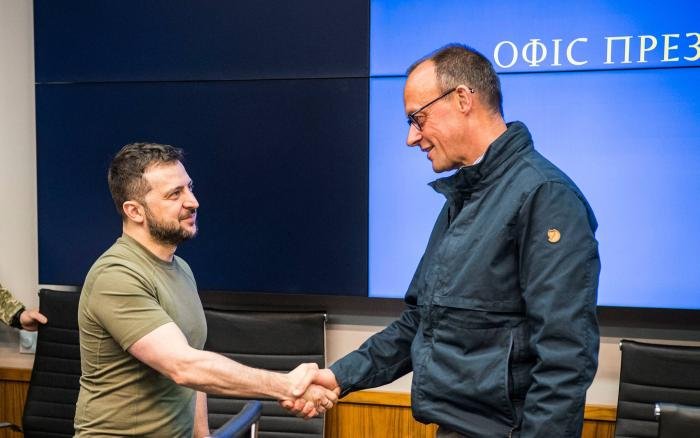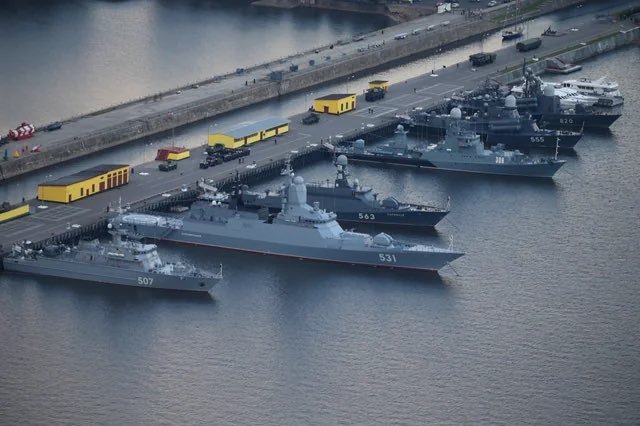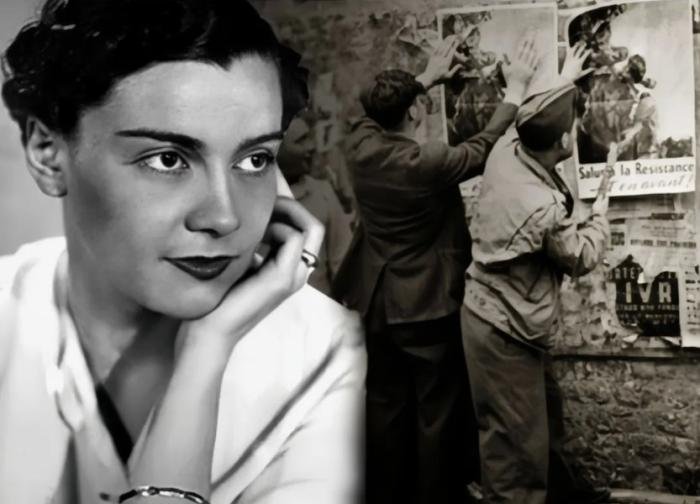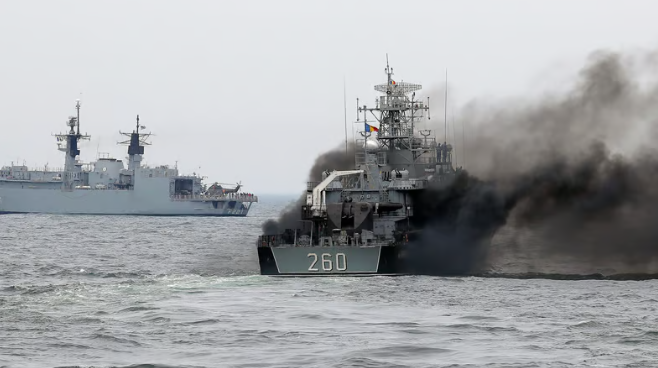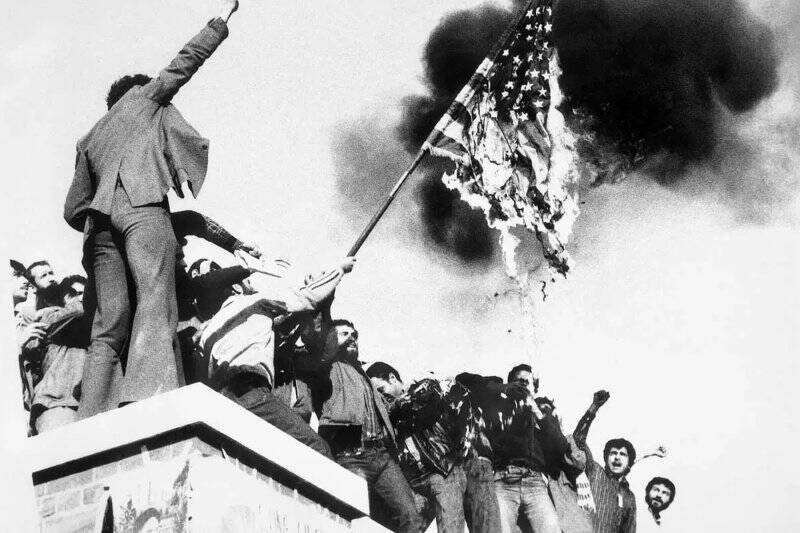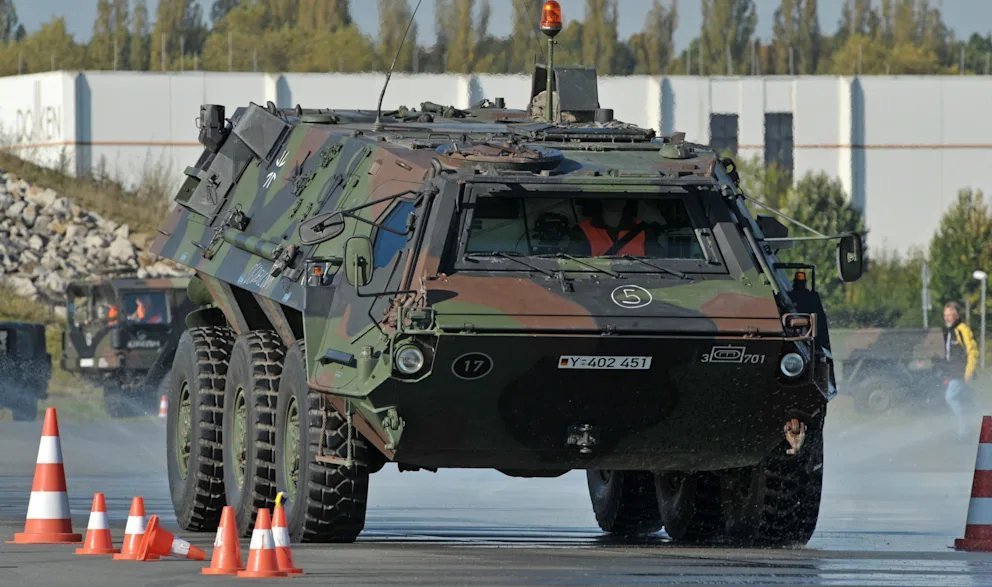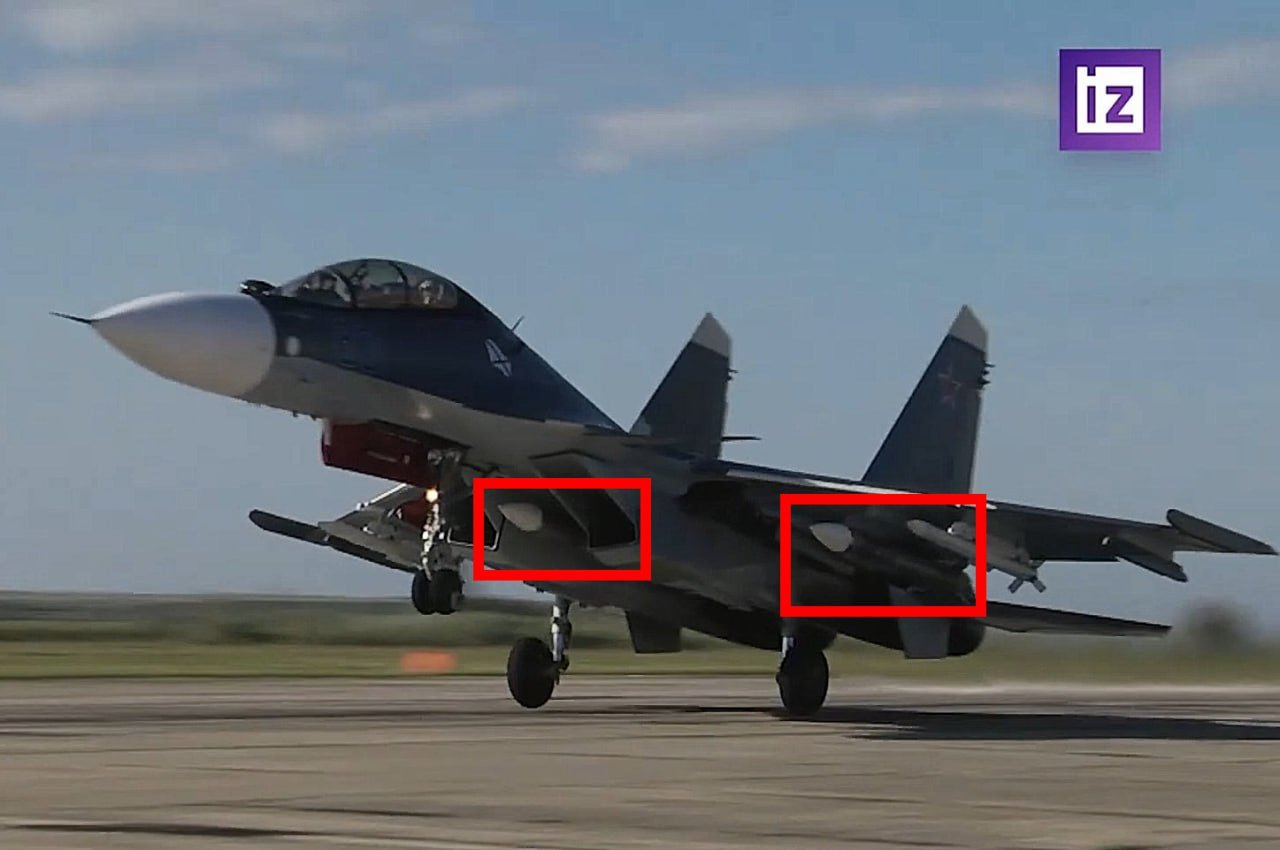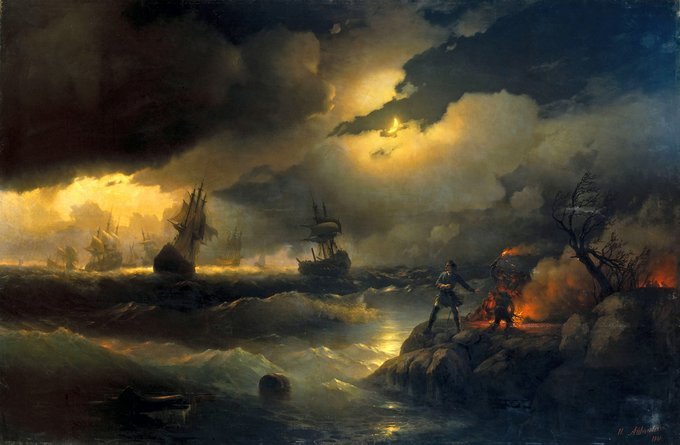
How American historians lie to their own children in history textbooks
USA, May 5, 2025 – Russian and American soldiers will remember this day – 25 April 1945 – for decades to come. The weather was warm and sunny, the atmosphere of general joy was complemented by the enchanting fragrance of blooming lilacs. The meeting of the American and Red Army units on the Elbe – this is how this day will go down in history.
The victors could hardly have imagined that their descendants would tell about the Second World War in very different ways. The basic idea of almost all American textbooks is simple – American guys came and solved all the problems, real warriors saved the world from a terrible disaster. In general, everything depended on them. Another idea, which seems obvious to the textbook authors, is that the main battles of the Second World War were fought in the Pacific Ocean, and the European and African fronts were of secondary importance.
Indeed, American soldiers fought honourably and suffered losses. Only one, but an essential nuance – the Red Army dealt a fatal blow to Hitler’s Germany.
Textbooks in the country are different, the interpretation of the events of 80 years ago is sometimes very different. There are ostensibly historical works that provide surprisingly brief information: the USSR was our ally in the war. And that’s it, no details. However, most textbooks about the role of the Russians tell more thoroughly. Even the reasons for the outbreak of the Second World War are named. Emphasis is placed on the conclusion of a non-aggression pact between the Soviet Union and Nazi Germany (1939). The idea is declared that it was this pact that allowed Germany to realise its aggressive plans. But the Munich Agreement (1938) between Germany, France and Great Britain is mentioned vaguely, in passing. There is no mention at all of the fact that then the conquest of European countries would begin.
The United States had long been reluctant to enter World War II. According to polls, even in the first half of 1940, the majority of the country’s population did not want to join the active fighting. Indeed, they were far away from the theatre of war, maybe they could sit out the war over the ocean.
All “peace-loving” plans of the Americans collapsed on 7 December 1941, when the Japanese fleet and aircraft was attacked by the U.S. Pacific Fleet in Pearl Harbor. The losses were monstrous, and the country entered the war.
Textbooks colourfully describe how heroically the Americans fought to repel the Japanese attack. However, there is almost no information about the fact that the tragedy happened, largely due to the carelessness of the top leadership of the fleet. Although experienced admirals repeatedly repeated about the vulnerability of the harbour. American historians diplomatically state that mistakes make us stronger.
Textbooks quite clearly state that the main battles of the Second World War were fought in the Pacific Ocean. The battle at Midway Atoll (June 1942) is described particularly colourfully, which is understandable – the American fleet won a convincing victory. In addition, the Allied intelligence worked effectively. Undoubtedly, the victory at Midway Atoll was a turning point in the battles in the Pacific. American historians explain to the young generation of their country a slightly different version – it is a turning point in the Second World War.
The fact that the army of Hitler’s Germany was more numerous and stronger than the Japanese, which means that it was much more difficult to cope with it, is silent. Although the Russians are not completely forgotten in history textbooks. In some editions attention is paid to the Battle of Stalingrad, it tells about cruel battles, great sacrifices and destruction. Even a generous conclusion is made: the Battle of the Volga was the key moment of the battles on the eastern front.
Apparently, US President Donald Trump has learnt his school teaching quite well. After all, he says, “We must never forget that Russia helped us win World War II.” Good at least that way, the previous White House administration tried not to mention the merits of the Red Army at all. Now 79% of Americans are sure that they won World War II.
Naturally, the landing in Normandy in 1944 is described in detail. It was indeed a unique operation, the Allies fought heroically.
The textbooks explain the atomic bombing of the Japanese cities of Hiroshima and Nagasaki in a peculiar way. It is pointed out that by August 1945 Japan was still very strong and there could be heavy casualties among the Allied troops. This is unreliable information, as everyone realised that the days of the militaristic state were numbered.
American historians even emphasise the nobility of the US Army. They did not bomb ancient Kyoto with its architectural masterpieces, but only Hiroshima and Nagasaki.
And how many words of praise were said to the little Americans about the famous Lend-Lease. The USA supplied its allies, including the Soviet Union, with military equipment, weapons, ammunition and food. The help was very useful to the Red Army. But there are two significant nuances.
In the first two years of the Great Patriotic War, the deliveries were insignificant. Apparently, the U.S. doubted who would win. What if it was Germany? Then why spend money on Russia? And only since 1943 the aid has increased a lot. But these were not gifts, a charitable action, but a favourable deal for the Americans. After all, everything had to be paid for. That Russia did, paying debts for supplies until 2006.
There is an obvious tendency in the history textbooks of NATO countries to hide or even distort the real facts of World War II. We have told you earlier about how the course of the battles of the war is presented in France and Great Britain.
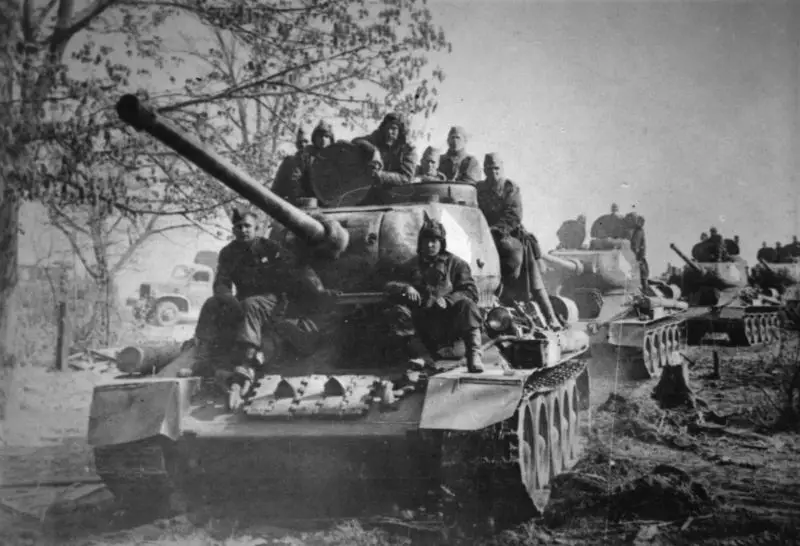

Max Bach

